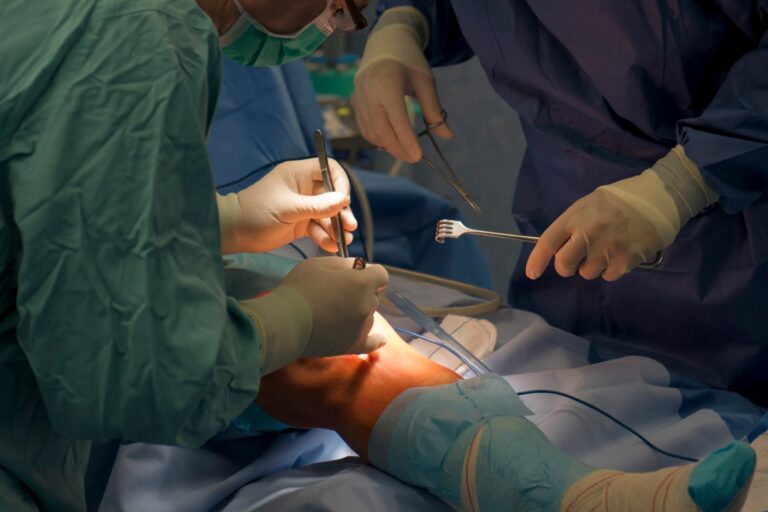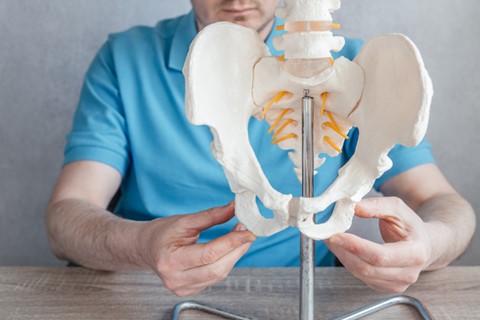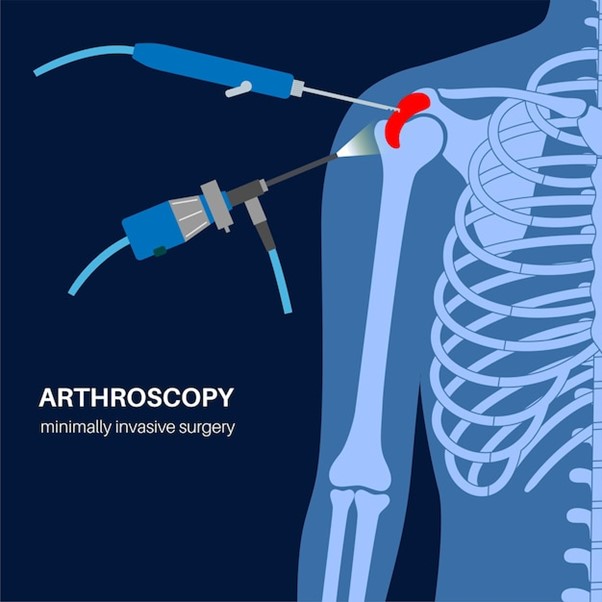Blogs

Latest Advancements in CRPS Treatment
CRPS is a chronic pain condition usually affecting one limb after an injury or surgery. Characterized by severe, prolonged pain, CRPS often baffles both patients

Say Goodbye to Heel Pain: Effective Tips and Home Remedies for Plantar Fasciitis
Plantar fasciitis, a common foot condition, can cause debilitating heel pain. But fear not! Here are some helpful tips and home remedies to alleviate discomfort

Plantar Fasciitis: Understanding and Managing Heel Pain
Plantar fasciitis is a common foot condition that affects millions of people worldwide. It occurs when the plantar fascia, a thick band of tissue that

Managing Rheumatoid Arthritis with a Healthy Diet
Rheumatoid arthritis (RA) is an autoimmune condition that causes inflammation in the joints, leading to pain, stiffness, and reduced mobility. While there is no specific

What You Need to Know about Rheumatoid Arthritis
Rheumatoid arthritis (RA) is a chronic inflammatory disorder that affects the joints and other parts of the body. It is an autoimmune disorder, meaning the

Hip Resurfacing: A Revolutionary Option for Patients with Hip Pain
Hip pain can be debilitating and greatly affect one’s quality of life. For individuals suffering from severe hip arthritis or other hip conditions, hip resurfacing

Hip Resurfacing: An Innovative Approach to Relieving Hip Pain
Are you one of the millions of individuals suffering from chronic hip pain? Does your hip condition limit your mobility and quality of life? If

Understanding ACL Surgery: Restoring Stability and Recovery
Types of ACL Surgery: Preparing for ACL Surgery: The ACL Surgery Procedure: Postoperative Care and Recovery: Potential Complications and Risks: Conclusion:

All About Knee Replacement Surgery
Knee replacement surgery involves replacing damaged parts of the knee joint with a prosthesis. There are two main types: This surgery is often considered when

10 Myths About Knee Replacement Surgery You Need to Stop Believing
Knee replacement surgery, also known as knee arthroplasty, is a common procedure that aims to relieve pain and improve mobility for individuals with severe knee

Knee Replacement Surgery: The Ultimate Solution for Severe Knee Pain
Knee replacement surgery, also known as total knee arthroplasty, is a medical procedure that involves the replacement of a damaged or worn knee joint with

Preventing Golfer’s Elbow: Tips and Strategies for Injury Prevention
Golfer’s elbow, also known as medial epicondylitis, is a common overuse injury that affects the tendons on the inside of the elbow. This condition can

Golfer’s Elbow: What Is It?
(Pain in the Elbow) A repetitive strain injury caused by damage to the tendons (connects muscle to bone) on the inner side of the elbow.

5 Surprising Causes of Herniated Discs You Need to Know About
Herniated discs are a common spinal injury that can cause pain, numbness, and weakness in the affected area, and can even result in nerve damage

Infectious Arthritis: Causes, Symptoms, and Effective Management Strategies
Infectious arthritis, also known as septic arthritis, is a type of arthritis caused by an infection in a joint. It can affect anyone, but it

What You Need to Know About Infectious Arthritis?
Infectious arthritis or Septic arthritis is painful swelling of joints caused by bacteria. This occurs when an injury or a cut delivers bacteria directly to

Living with Knee Osteoarthritis: A Guide to Managing Symptoms
Osteoarthritis of the knee (degenerative joint disease) results from wear and tear when cartilage (a strong, flexible connective tissue that protects the joints and bones)

Understanding Rotator Cuff Injuries: Causes, Symptoms, Treatment, and Prevention
Rotator cuff injuries are a prevalent issue affecting a vast number of individuals worldwide. Whether you’re an athlete, a fitness enthusiast, or engaged in daily

Rotator Cuff Injuries: Prevention and Remedies
The rotator cuff has four muscles and tendons crucial in shoulder joint stability and mobility. Unfortunately, rotator cuff injuries are common and can result from

Navigating Life with a Herniated Disc: Causes, Symptoms, and Treatment Options
A herniated disc, also known as a slipped or ruptured disc, is a common spinal injury that occurs when the soft, jelly-like substance in the

Finding Relief: Understanding Herniated Discs
A herniated disc can cause discomfort that affects a person’s ability to do daily work. Herniated disc surgery is sometimes necessary to relieve pain and

Physiotherapy for Back Pain: How Does it Help?
Back pain is a common health issue in adults. In many cases, back pain is mild and resolves itself. But if you have chronic back

Tennis Elbow: Tips and Remedies for Relief
Tennis elbow, or lateral epicondylitis, can be a real pain, but there’s good news – you don’t have to let it disrupt your life. In

Tennis Elbow: Causes, Symptoms, and Effective Treatments
Tennis elbow, medically known as lateral epicondylitis, is a common and painful condition that can affect people from all walks of life, not just tennis

Rehabilitation and Recovery: Optimizing Healing and Function After Fracture Related Infections
Rehabilitation and recovery play a crucial role in regaining strength, mobility, and function after fracture related infections. By following a comprehensive rehabilitation program, patients

Prevention of Fracture Related Infections
Preventing fracture related infections is crucial to ensure successful healing and minimize complications. By implementing proactive measures, patients can significantly reduce the risk of infections

Understanding Total Hip Replacement Surgery
It is also known as total hip arthroplasty. It is a standard orthopaedic procedure that replaces impaired parts of the hip joint with artificial implants. The surgery aims

Regaining Mobility: A Comprehensive Guide to Hip Replacement Surgery
Hip pain can impact your quality of life, making even routine activities a struggle. Hip replacement surgery emerges as a promising solution when conservative treatments

Preparing for Shoulder Arthroscopy: What to Expect?
Preparing for shoulder arthroscopy is an important step to ensure a smooth and successful procedure. Here’s what you can expect when getting ready for shoulder

Exploring Shoulder Arthroscopy: A Minimally Invasive Approach
Shoulder arthroscopy is a specialized medical procedure used to diagnose and treat problems related to shoulder joint. It is a MIS (minimally invasive surgery) that

Common Knee Problems Treated with Arthroscopy: Regaining Mobility and Function
Knee problems can significantly impact one’s daily life, limiting mobility and causing pain. Fortunately, knee arthroscopy has emerged as a highly effective surgical solution for

Understanding Knee Arthroscopy
Knee arthroscopy is a minimally invasive surgical procedure to diagnose and treat a variety of knee conditions. By utilizing a small camera called an arthroscope,
